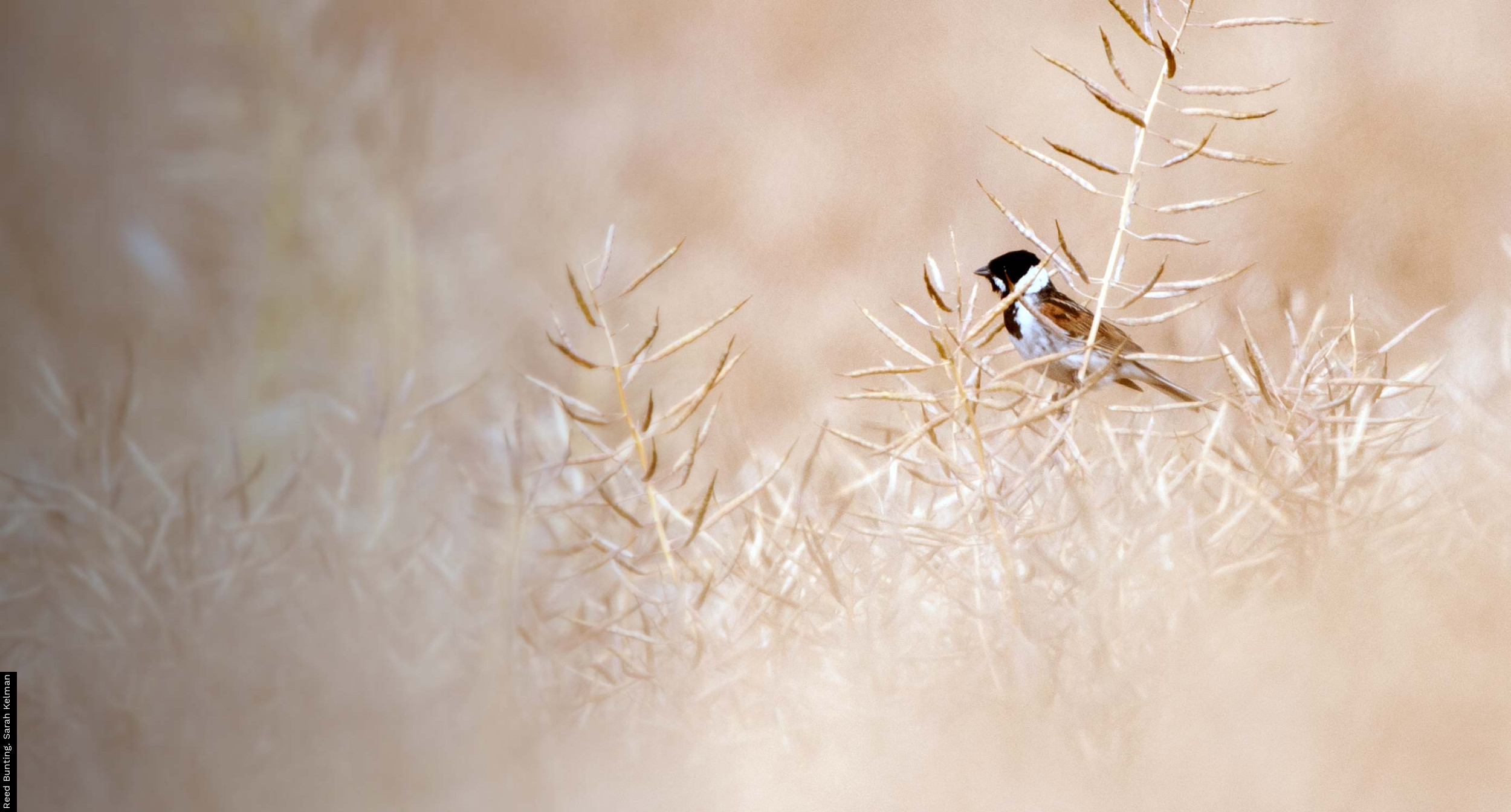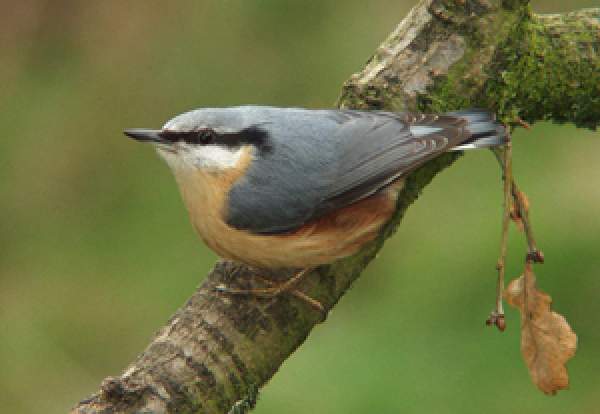the past 51 years, due to a combination of increasing brood sizes and nest survival rates
NOTE: Species accounts are no longer included within the BirdTrends report and all links to individual species in this BirdTrends report now point to the relevant species page in BirdFacts. Species trends can now be viewed in the "Trends Explorer" which allows you to view a range of temporal trends for each species.
Our best overall measure of breeding success is Fledglings Per Breeding Attempt (FPBA), calculated from brood sizes and nest failure rates, which indicates the mean number of young leaving each nest in a given year.
FPBA has changed significantly and is currently higher than in the late 1960s for 27 species, across a wide range of taxonomic groups. This total includes nine species for which the change has been linear, i.e. consistent increases in productivity across the last 53 years, and 18 species which show curvilinear trends (i.e. early decreases in FPBA were followed by increases, or vice-versa). For some species in the latter group, FPBA is currently only slightly higher than in the late 1960s.
Population trends are also positive for 16 of the 27 species, including raptors (Buzzard, Barn Owl, Merlin, Peregrine), pigeons (Stock Dove, Woodpigeon, Collared Dove), corvids (Magpie, Jackdaw, Carrion Crow), and some small passerines (Reed Warbler,Nuthatch, Wren, Robin, Redstart and Pied Wagtail). It is therefore possible that increasing productivity has contributed to the population growth exhibited by these species over recent decades.
Conversely, 11 species (Little Owl, Tawny Owl, Kestrel, Skylark, Starling, Wheatear, Dipper, House Sparrow, Tree Sparrow, Grey Wagtail and Yellowhammer) have declined in number as FPBA has increased, suggesting that a density-dependent reduction in intraspecific competition, or a retreat into better quality habitat, may have enabled breeding success to rise.
CES ringing data integrate productivity across the whole season, including juvenile survival in the first few weeks or months after fledging. According to this measure, productivity has risen significantly for just one of the 23 species monitored (Chaffinch). The discrepancy between the positive Chaffinch CES trend and the decline in breeding success identified by the NRS warrants further study, but increased survival rates in post-fledging period could contribute to this, although data are sparse for this vital period.
This report should be cited as: Massimino, D., Woodward, I.D., Hammond, M.J., Barber, L., Barimore, C., Harris, S.J., Leech, D.I., Noble, D.G., Walker, R.H., Baillie, S.R. & Robinson, R.A. (2020) BirdTrends 2020: trends in numbers, breeding success and survival for UK breeding birds. BTO Research Report 732. BTO, Thetford. www.bto.org/birdtrends






Share this page